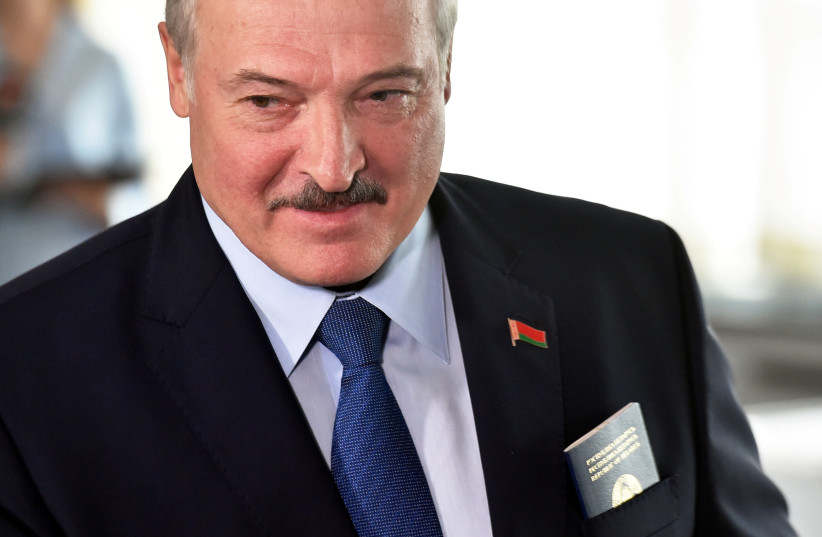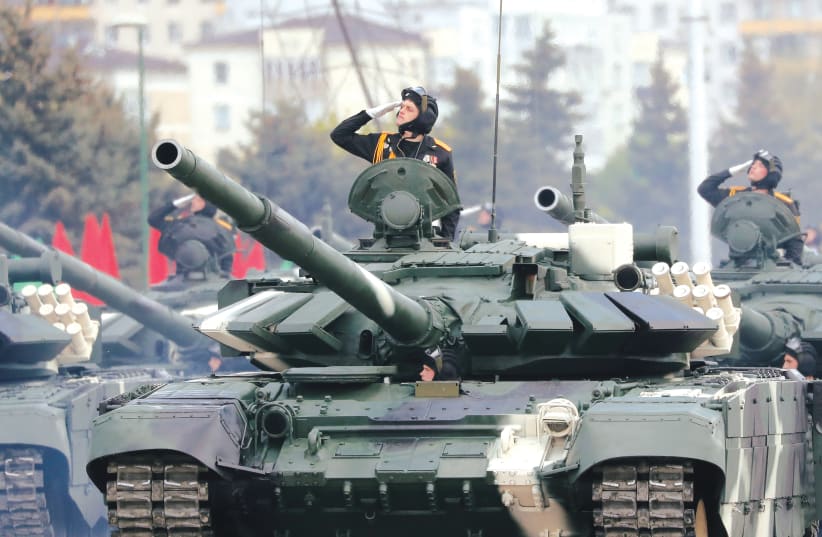The question of the similarities and differences between the Holocaust and other forms of mass violence that engulfed East European countries during World War II is far from new. Distorting and blurring the essence of the Holocaust was formulated as a policy by the Stalinist leadership during the war. Soviet propaganda claimed that Jews were being killed as citizens of a socialist state and not on a racial-ethnic basis. Accordingly, any mention of the murder of Jews had to be accompanied by references to killings of other ethnicities. This methodical obfuscation remained in force for years: the USSR and other countries influenced by it consciously blurred and distorted the specific features of the Nazi anti-Jewish enterprise.
They did not deny that Nazi Germany murdered Jews during the war; however, they refrained from mentioning the distinct Nazi policy aimed at the total annihilation of European Jewry as such, and avoided classifying the victims of Nazism by nationality. Unfortunately, not only has this phenomenon not disappeared, it has recently been amplified by several post-Soviet governments.
The Law on the Genocide of the Belarusian People was recently signed into law by the president of Belarus, Alexander Lukashenko, and is a current example of this troubling distortion. This new law, which will impose severe criminal penalties on those who refuse to adopt the imposed paradigm of the genocide of the Belarusian people, is liable to have grave consequences, not only for the pursuit of history and history education in Belarus, but also for the stature of Belarus worldwide.
Clearly, no serious scholar denies the brutality of the wartime Nazi policies regarding Slavic civilians – especially the Belarusian people. Numerous Belarusian villages were destroyed along with their inhabitants, and research during the last three decades has deepened and expanded our knowledge of these atrocities. The losses among ethnic Belarusians, Russians, Poles, and Ukrainians were very high. We should not grade people’s suffering; rather, all victims of Nazism must be treated with the utmost respect. However, ideological obfuscation of the clear distinction between the reasons that stood behind the murderous victimization of the Jews – the Holocaust – and the persecution of other nationalities and groups that perished in the war do an injustice to the memory of all the victims, Jews and non-Jews alike.
According to this mainstay idea of Soviet propaganda, the mass murder of Jews by Nazi Germany was only a preliminary test to implementing total genocidal policies upon all Slavic peoples and that this intent was not implemented in the end is only thanks to the glorious victory of the Soviet Union over Nazi Germany. The allegedly key piece of evidence of this view is the Generalplan Ost, which means master plan of the east, and was the Nazi plan for the resettlement of Eastern Europe with German citizens after their victory in World War II. In fact, it never was fleshed out in detail. According to some documentation, 20% of Belarusians were classified by the Nazis as fit to be Germanized, while the other 80% were to be left to serve the Germans as forced laborers, murdered, or expelled beyond the Ural Mountains. Despite numerous atrocities that were committed, wholesale annihilation of all Slavs was never planned or executed by the Nazis.


In contradistinction to this, the Holocaust, the Nazi’s anti-Jewish crusade to eradicate Jewish existence from the entire world, was an unprecedented and unique event that started with the Nazis’ ascendance to power in Germany in January 1933. It culminated in the comprehensive genocidal program The Final Solution to the Jewish Question, the official code name for the murder of all Jews – as defined by Nazi racial laws – within reach (it was not restricted to the European continent), including Jewish spirit and values. Those actions were motivated by a special type of antisemitic ideology that regarded Jews as a threat to the very existence of Germany, Europe and humanity. Between 1933-1945, over six million Jews were murdered and Jewish communities that had existed in Europe for more than a thousand years were obliterated. Most of the Jews in Belarus, who numbered approximately 800,000 people in 1941, were among the victims of the Holocaust.
This lethal Nazi policy vis-a-vis the Jews in Eastern Europe was apparent from the very first months of the Nazi invasion of the USSR. Jews – and only Jews – were singled out for annihilation, regardless of age or gender. Killings of Jews had nothing to do with their actions, or any real or imagined resistance on their part. By the end of 1942, the main Jewish survivors left in Belarus were small groups of useful Jews kept by the Nazis as forced laborers until they were destined for murder.
Many Belarusians suffered from extreme brutalization and the casting off of all moral restraints. Unlike the Jews in Belarus, almost all of whom were murdered in execution sites during the first year and a half of the German invasion, the majority of Belarusian civilians killed by the Nazis were murdered later, in the period of 1943 until the first half of 1944. As the military situation of the Nazis deteriorated, they intensified their murderous activities against all groups that were considered potentially dangerous (partisans and their real or imaginary supporters, POWs, and the last Jews who remained, mainly in labor camps).
Nazi units, with the assistance of the local auxiliary police, carried out extensive punitive operations against the local population, hoping to weaken support for the partisans, especially in areas of high partisan activity. Remarkably, 81% of village massacres took place in this period. Alongside this ongoing devastation were a few Righteous Among the Nations (an honorific used by the State of Israel to describe upstanding non-Jewish individuals whose human altruism won over their instinct for self-preservation to save Jews from extermination by the Nazis for altruistic reasons). Clearly, there could only be Belarusian Righteous because not all Belarusians were targeted for annihilation and some were able to shelter Jews.
The predicament of the Jews differed markedly from that of other major ethnic groups in Belarus. Blurring these differences not only harks back to the Soviet policy of Holocaust distortion, it hinders the proper understanding of World War II and undermines scholarship. Unfortunately, nowadays this is even done by diplomatic representatives who transfer these historical obfuscations to the sphere of political confrontations.
It should be clear that recognizing the unprecedented event of the Holocaust does not detract from the suffering of other victims of Nazi Germany. Distortion of this history not only indicates a misunderstanding of the past, but also constitutes a flagrant disrespect of the victims.
The writer is a historian at Yad Vashem.
